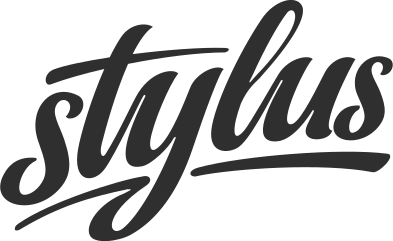
Interpolation
Stylus supports interpolation by using the {} characters to surround an expression, which then becomes part of the identifier. For example, -webkit-{'border' + '-radius'} evaluates to -webkit-border-radius.
A great example use-case for this is expanding properties with vendor prefixes.
vendor(prop, args)
-webkit-{prop} args
-moz-{prop} args
{prop} args
border-radius()
vendor('border-radius', arguments)
box-shadow()
vendor('box-shadow', arguments)
button
border-radius 1px 2px / 3px 4px
Yields:
button {
-webkit-border-radius: 1px 2px / 3px 4px;
-moz-border-radius: 1px 2px / 3px 4px;
border-radius: 1px 2px / 3px 4px;
}
Selector Interpolation
Interpolation works with selectors as well. For example, we may iterate to assign the height property for the first 5 rows in a table, as shown below:
table
for row in 1 2 3 4 5
tr:nth-child({row})
height: 10px * row
Yields:
table tr:nth-child(1) {
height: 10px;
}
table tr:nth-child(2) {
height: 20px;
}
table tr:nth-child(3) {
height: 30px;
}
table tr:nth-child(4) {
height: 40px;
}
table tr:nth-child(5) {
height: 50px;
}
You may also put together multiple selectors into one variable by building a string and interpolate them in place:
mySelectors = '#foo,#bar,.baz'
{mySelectors}
background: #000
Yields:
#foo,
#bar,
.baz {
background: #000;
}
